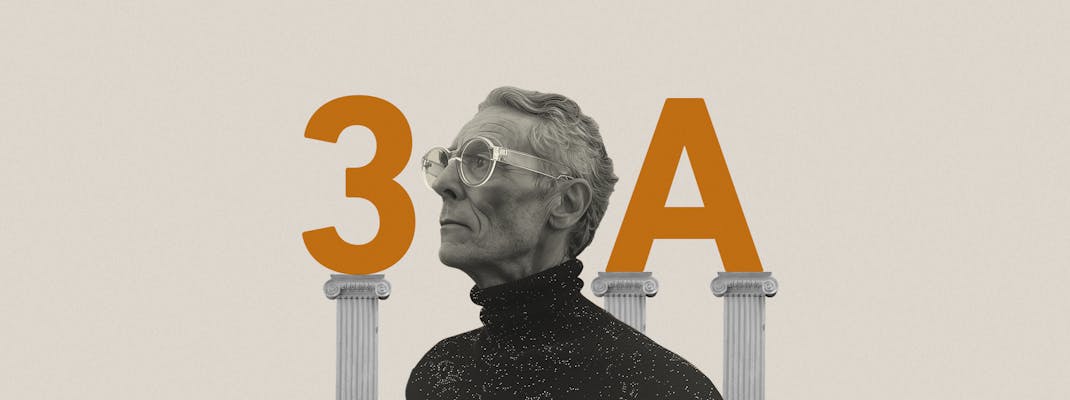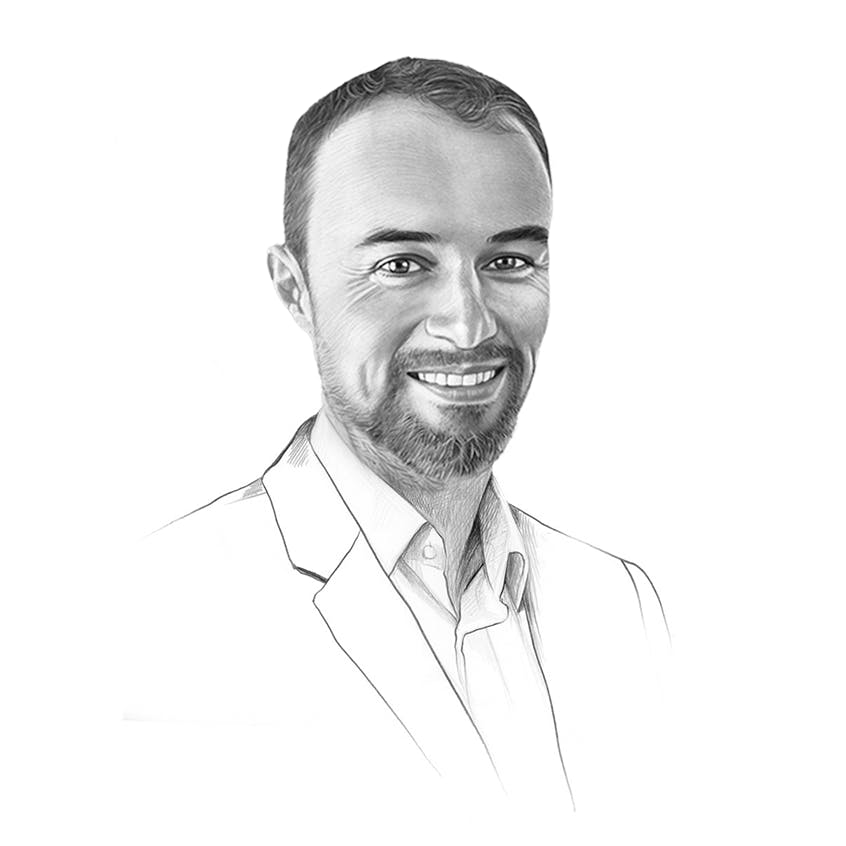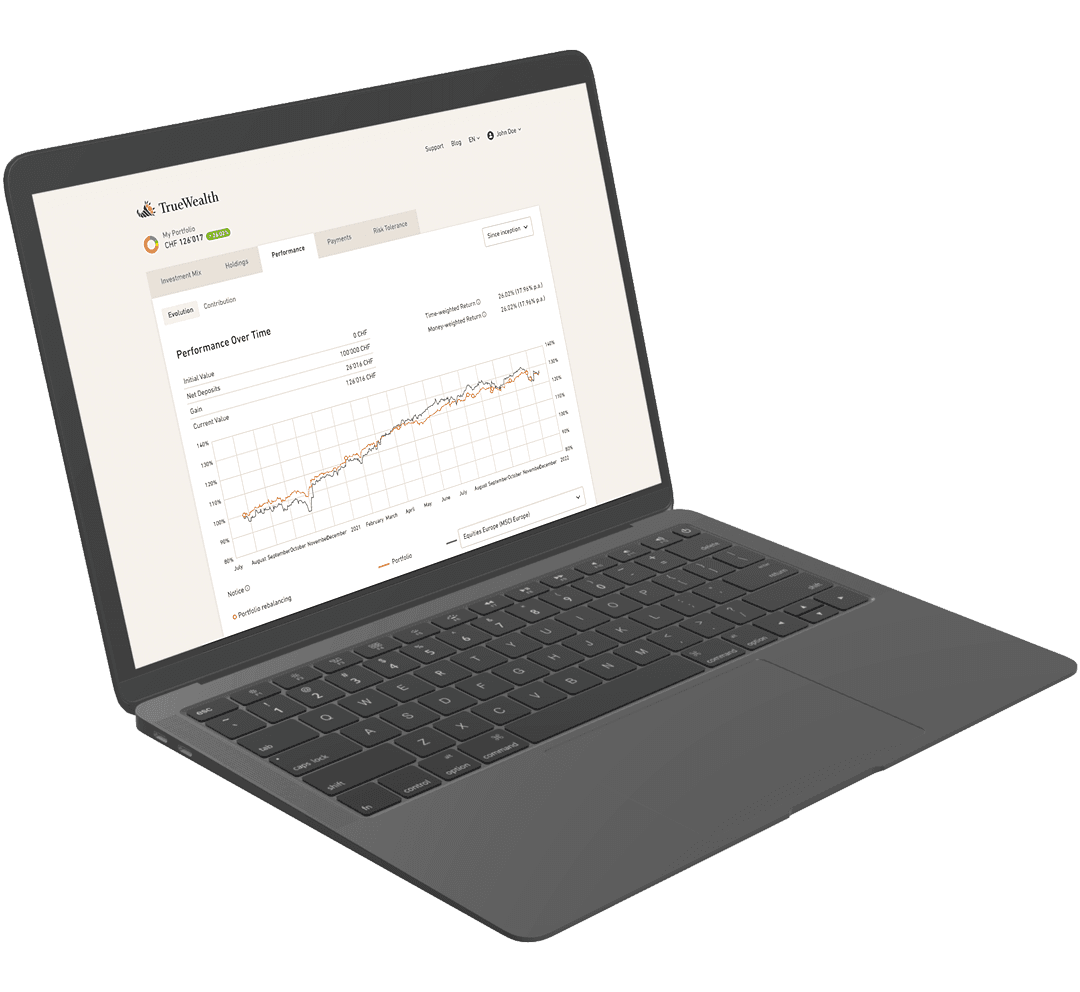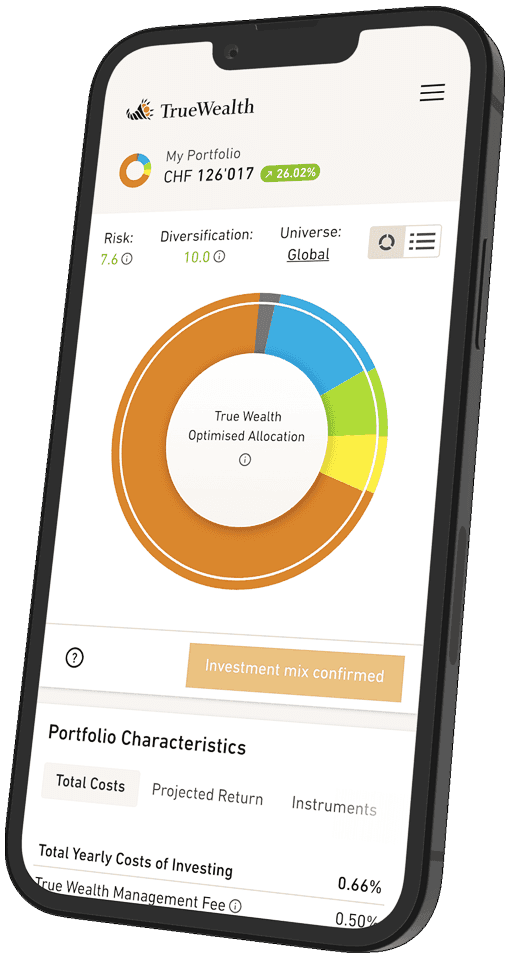
Pillar 3a: How to save twice as much tax
With the third pillar, you can save on taxes, not just when you make a deposit. If you know how, you can also reduce your tax bill on the payout, often by more than 10'000 francs.
Save taxes with the third pillar: hardly anyone misses out on making contributions. But there is also enormous potential for tax optimization when it comes to withdrawals. However, only a few people take advantage of these opportunities.
And it would be worth it: depending on where you live, you can usually save over 10'000 Swiss francs – and in many places even more.
We have calculated this using an example: in Basel, the savings amount to over 20'000 Swiss francs, and in Fribourg you can save over 30'000 Swiss francs.
The differences between the cantons are enormous, but the same applies everywhere: a staggered payout over five years results in a significantly lower tax burden than paying out the third pillar in one lump sum. We will show you exactly how much below.
The catch has always been that if you want to save taxes by spreading out your third pillar payments, you have to set the course early on. Whether you have your third pillar with a bank or an insurance company, it has often been a tedious process. Many people are put off by the effort involved.
We make it easy for you: the Pillar 3a at True Wealth offers automatic top-up and account staggering. This not only ensures that you don't miss a single year of payments. It also ensures that your payments are automatically distributed evenly across five accounts over the years – ideal for staggered payouts.
But why is a staggered payout such a good way to optimize your taxes?
Tax progression – not just for income tax
The higher your income, the higher your tax rate. Most people are familiar with the principle of progression from income tax. Progression also applies to lump-sum payments from occupational retirement savings.
It is levied by the state, municipality, federal government and, for church members, also by the church – in other words, by the same institutions that levy income tax.
Progression varies from region to region, as each canton and municipality has its own rules.
In some cantons, there is no progression in the calculation of cantonal capital tax. However, the share for direct federal tax is progressive in all cases, which means that there is always progression in the total amount.
Capital tax is payable at your place of residence when the payment is made – unless you have emigrated. In this case, the location of the pension foundation is decisive.
- Capital tax is particularly low in the cantons of Zug, Schwyz, Appenzell Innerrhoden, Schaffhausen, and Nidwalden.
- Whether for large or small payments, Appenzell Ausserrhoden is often the most expensive. Depending on the amount, Fribourg, Zurich, and Ticino also fare poorly.
How much does a staggered payment actually save you?
10'000 or 30'000 – how much tax do you save?
At the beginning of this blog, we gave you some key figures. In most places, you can save 10'000 Swiss francs or more – in Fribourg, it's even over 30'000 Swiss francs.
In just a few minutes, you can simulate your specific case with a calculator. The best way to do this is to follow our example and then adjust the data to your individual situation.
Let's assume that you have saved 500'000 Swiss francs in your third pillar at the time of payout. You can realistically achieve this sum if you:
- have made contributions for at least 30 of the approximately 45 years of employment
- have paid in the maximum permissible amount in each case
- have consistently invested in securities throughout the entire period
What happens when you retire and have this sum paid out?
Let's look at two scenarios: In the first case, you receive the entire sum of 500'000 CHF in one lump sum. In the second case, you opt for a staggered payout over five years, receiving 100'000 CHF each year.
If you look at this chart, you will notice that the cheapest and most expensive locations are not necessarily the same as for income tax. The steepness of the progression can also vary considerably. Here are three examples:
- In Zurich, for example, the tax rates for capital withdrawals are already relatively high, even for small amounts. On the other hand, the progression is flat, so you only save a little over 11'000 Swiss francs with a staggered payout.
- In Fribourg, the tax rates for small payouts are exceptionally low, but much higher for larger payouts. The progression is steep, so in our example you save over 30'000 Swiss francs through staggering.
- Appenzell Innerrhoden offers favorable tax rates on all capital payments. In absolute terms, the tax is low. The progression is flat. Those who stagger their withdrawals here do not make such a big difference compared to other cantons, but still save over 11'000 Swiss francs.
As you can see, it pays to take a closer look.
Why five accounts?
The smaller the payout, the lower the tax rate – so shouldn't you have as many accounts as possible? If you can break the progression, why limit yourself to five accounts in Pillar 3a?
In theory, this is a good idea. In practice, however, the time during which retirement assets can be paid out is limited. Anyone who stops working at the age of 65 can withdraw their pension savings over a period of six years:
- in the year of retirement
- and in the five years prior to retirement
This means that anyone who retires at 65 has exactly six years from the age of 60 to withdraw their pension savings. One of these six years is reserved for the second pillar, as a statutory payout ratio of at least 25 percent of the mandatory retirement savings applies to lump-sum withdrawals.
The other five years are therefore reserved for the staggered payout of the third pillar. Five years, five accounts: this is the unanimous recommendation of all experts on Swiss retirement provision.
Attention married couples: make sure you don't accidentally give away the savings potential of staggering. This is because the following applies to spouses: payments for both partners are taxed progressively on a joint basis. From a tax perspective, it is therefore most advantageous if spouses do not retire in the same year. This allows them to spread their payments over more than just five years.
Save taxes for life with automatic top-up
With True Wealth's Pillar 3a, you save taxes for life. If you wish, the automatic top-up feature can help you do this: it ensures that you automatically do the right thing when you make your payments.
When making deposits, it is important that you pay the maximum contribution possible, as this will allow you to save income tax immediately. You should also spread your deposits optimally across five accounts, as this will secure the savings potential of staggered payouts for later.
With True Wealth, you can achieve this without having to worry about it yourself. The pension solution takes care of everything for you:
- When you make a deposit, the automatic top-up feature first transfers part of the deposit to the third pillar. If your deposit exceeds the 3a maximum, the automatic top-up feature invests the rest in your free portfolio.
- The automatic top-up feature automatically transfers money from your free (untied) portfolio to the third pillar if you have not made any contributions by the end of the year.
Many of our clients appreciate that at True Wealth, we not only use algorithms to manage their portfolios, but also to allocate assets between retirement savings and free assets. Whether you use this automatic top-up feature or not is entirely up to you.
Be prepared for anything with True Wealth
If you are approaching retirement, there are only a few adjustments you can make to optimize your taxes when withdrawing capital.
Are you married? If so, be sure to plan together with your partner. Would you like to relocate? If so, consider whether it would be better to do so before or after retirement.
If you still have many years of working life ahead of you, you can pull out all the stops. It is best to set the right course for your third pillar as early as possible:
Invest in securities. With professional wealth management, you can expect good returns in your third pillar too.
Don't miss a single payment. Income tax advantages are only available up to a maximum amount each year. The automatic top-up feature ensures that you don't miss out on any of it.
Maintain five accounts of equal size. The automatic staggering feature distributes your assets evenly across five accounts – ideal for staggered payouts.
With a Pillar 3a account at True Wealth, these three recommendations are implemented automatically. And whatever happens in life, you'll be prepared for anything.
Maximum convenience and returns for your 3rd pillar. 0.0% management fee. Open an account via the app in just a few minutes. Click here for True Wealth's Pillar 3a.
An earlier version of this article was published on December 7, 2023. The tax treatment of pension contributions and pension assets depends on individual circumstances and may change in the future. Tax laws are subject to constant political change. Therefore, the further in the future the date of taxation lies, the greater the likelihood that the legislature will have changed the taxation rules by then. True Wealth does not provide legal or tax advice and makes no representations regarding the tax treatment of assets or their investment returns.
About the author

Founder and CEO of True Wealth. After graduating from the Swiss Federal Institute of Technology (ETH) as a physicist, Felix first spent several years in Swiss industry and then four years with a major reinsurance company in portfolio management and risk modeling.

Ready to invest?
Open accountNot sure how to start? Open a test account and upgrade to a full account later.
Open test account